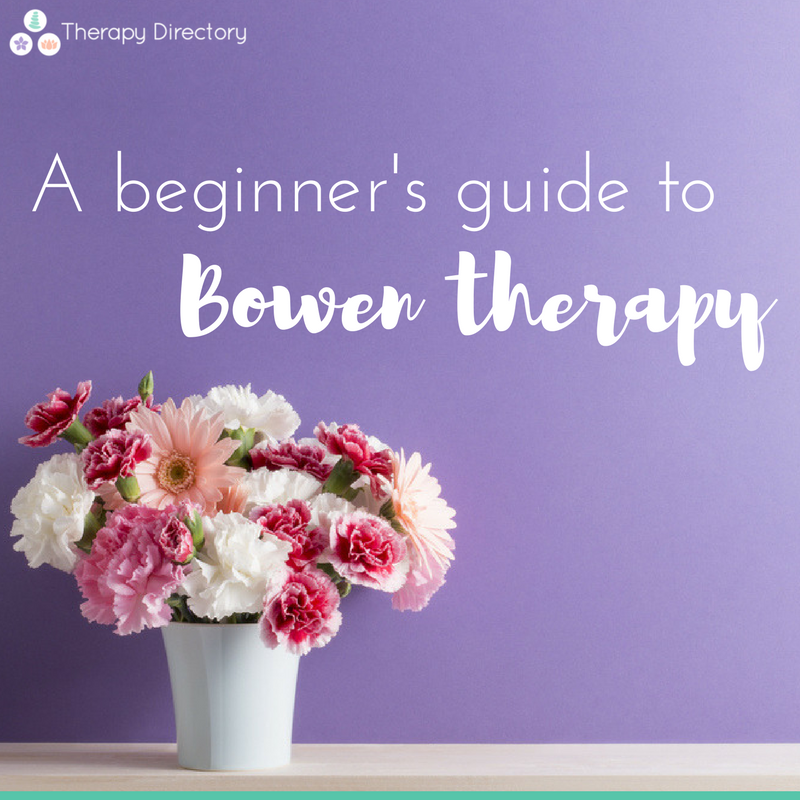A beginner’s guide to Bowen therapy
Bowen therapy (or Bowen technique) is a non-invasive holistic therapy, developed in the 1950s by Tom Bowen. It targets specific points on the body, through light movements, to promote repair, reset and rebalance.

What is it?
The Bowen technique is a holistic technique that works on the soft connective tissue of the body, known as fascia. Using a gentle, relaxing touch, it can be used to treat a number of musculoskeletal, or related neurological problems.
There have been many studies into the Bowen technique and how it works. While research is ongoing, many theories conclude that the technique is to do with how the human brain reacts to neural stimulus (the release of hormones).
To encourage the body to fully reset, a Bowen therapist will use the appropriate pressure so to not provoke the body and alert it’s natural defence system. Because everyone is different, the pressure applied will vary.
Bowen is reported to help with a number of conditions, such as headaches, digestive issues and sports issues. It’s also said to help ease symptoms of stress and anxiety. However, it’s important to note that the main aim of Bowen therapy is that it focuses on the whole person, not just the condition.
The guiding principles
The movements – the movements used in Bowen therapy are very distinctive. It involves moving the soft tissue (in a gentle, rolling-type movement) using the fingers, hands and/or elbow. This creates focus for the brain by stimulating the tissue and nerve pathways.
Stoppers – Tom Bowen found that certain parts of the body could act as reference points for other movements (which he named ‘stoppers’). For example, the spine is a shock absorber for the body – therefore some parts of the spine will become stressed. While they don’t really stop the pain, these points do give a more specific area to focus on during treatment.
Breaks – During treatment, Tom Bowen would leave the room for a few minutes, to allow the body to respond to the previously applied movements. He would then observe the body, see how the client’s body has responded before deciding if any more needed to be done.
The length of time between these breaks will differ between clients as it depends on your body and how long it takes to begin the repair process. These breaks are thought to be the most difficult concepts within the technique for therapists to master. Yet they are also considered one of the most important.
Avoid other alternative treatments – the key principle of Bowen is that it’s the body doing the work, not the therapist. So, the body needs time to recover. This doesn’t mean another therapy is any less effective. Just, that the body needs time to process the effects of Bowen, rather than trying to process the effects of another at the same time.
What to expect
Typically, a session will last between 45 minutes and one hour. You are able to wear light clothing, though you may be asked to remove any heavy or thick garments. Bowen generally isn’t an ongoing treatment, with clients experiencing relief after one to three sessions. If you feel you would benefit from more sessons, this can be discussed with your therapist. Together you can assess your situation and decide if more sessions are needed.
If after a number of sessions, your symptoms do not ease or go away, be sure to contact your GP as additional treatment may be required.

Find a therapist dealing with Bowen therapy
All therapists are verified professionals

